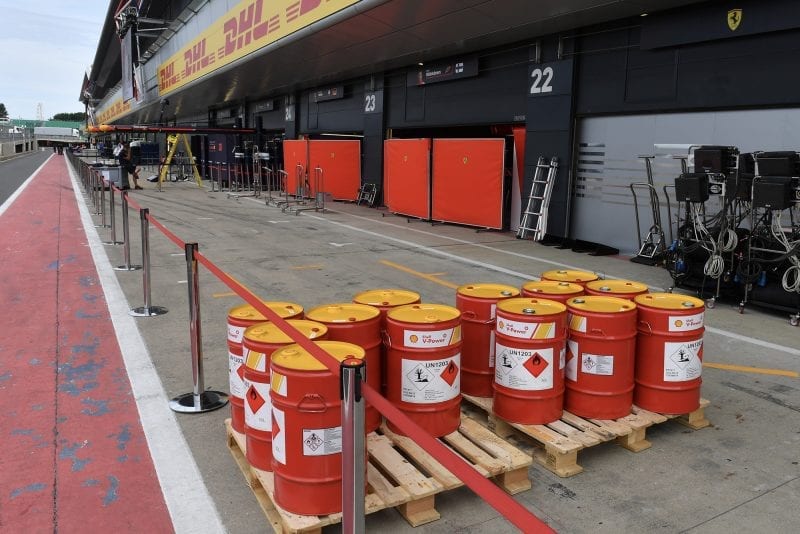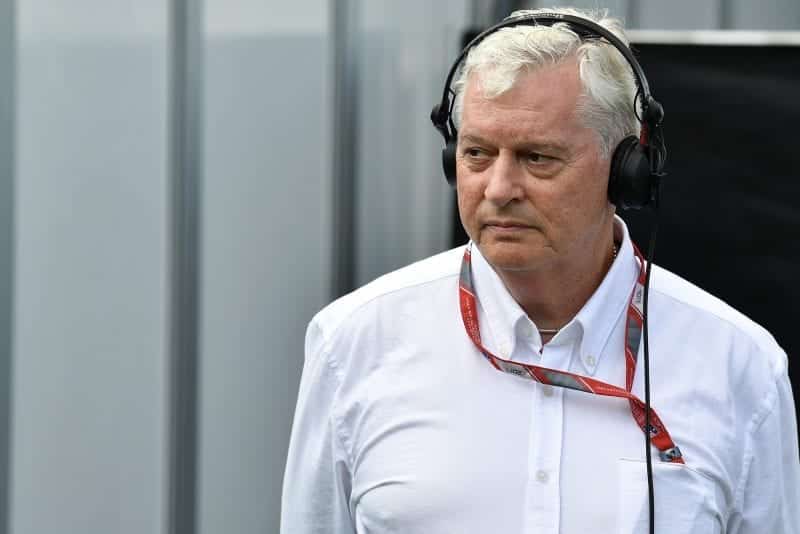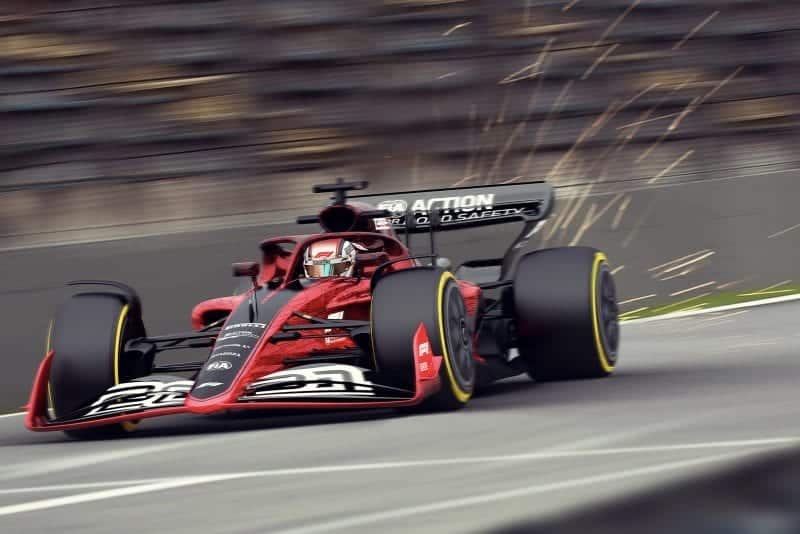Two-stroke engines & eco-fuel: F1 aims to be greener than Formula E
Formula 1's plan for green and noisy engines: two-stroke hybrids, running on synthetic fuel

Motorsport Images
Formula 1 is looking to introduce two-stroke engines that run on eco-fuel by the middle of the decade, as it develops plans to become carbon neutral.
The proposal is said to make the sport greener than electric racing series, such as Formula E, while still using internal combustion engines — with improved sound.
Current F1 hybrid engines will be replaced by a new specification of power unit from 2025 or 2026. It will play a significant role in Formula 1’s project to become carbon neutral in 2030.
“I’m very keen on it being a two-stroke,” said Pat Symonds, chief technical officer of Formula 1, at the Motorsport Industry Association’s energy-efficient motorsport conference.
“Much more efficient, great sound from the exhaust and a lot of the problems with the old two strokes are just not relevant any more.”
Related content
- Plastics ban and green energy: F1’s plan to go carbon neutral by 2030
- Lewis Hamilton to become carbon neutral
The new engines are likely to remain hybrids but powered by synthetic fuel, made by combining hydrogen with carbon captured from the air, using surplus green energy.
As well as the cars, this e-fuel could power the planes that carry the cars and equipment to races, making a big dent in the sport’s carbon footprint.
Research presented at the conference showed that electric racing cars could be responsible for twice the level of carbon emissions as hybrid racing cars, because of the amount produced when building the batteries.
“We need to look at what our future power units will look like,” said Symonds. “At F1 this is what we are engaged in at the moment.”

Symonds has started work on new engine regulations
Motorsport Images
He said that the sport’s pledge to continue with the current engines until 2025 gave it the time to “make sure that the next step is a really good one”.
“It might be that the next power unit we produce is the last one we do with liquid hydrocarbons,” he said. “I think there’s a very high chance that there might still be an internal combustion engine but maybe it’s running on hydrogen.
“I certainly think that the internal combustion engine has a long future and I think it has a future that’s longer than a lot of politicians realise because politicians are hanging everything on electric vehicles.
“There’s nothing wrong with electric vehicles but there are reasons why they are not the solution for everyone.”
Symonds said that he is currently visiting universities carrying out engine research to inform the new regulations.
He told the conference that he was struck by the amount of research going into two-stroke engines, which are better-known for their smoky and noisy performance in lawnmowers, rather than their potential at the pinnacle of motor sport.
“It’s reasonably obvious that if you are going to pump that piston up and down, you might as well get work out of it every time the piston comes down rather than every other time the piston comes down,” he said.
“The opposed piston engine is very much coming back and already in road car form at around 50 per cent efficiency.
“Direct injection, pressure charging, and new ignition systems have all allowed new forms of two-stroke engines to be very efficient and very emission-friendly. I think there’s a good future for them.”

Engine development could follow the same process as the new rules for 2021
Motorsport Images
Symonds is looking to set up a working group to develop the specification for the next F1 engine, mirroring the way that the 2021 chassis rules were drawn up.
Teams would be encouraged to work collaboratively, as the design would be more prescriptive in an effort to keep a lid on costs.
Symonds says that synthetic fuel would be tailored to the engine, using an optimum blend of hydrocarbons, to improve efficiency and performance, while reducing particulate emissions.
The fuel would allow the engine to run with a higher compression ratio, improving efficiency by up to 2.4 per cent.
Before then, the sport is looking to introduce e-fuels that can be used in current engines as production capacity increases.
“As soon as there is enough around we should be doing it and we’re not that far away from what we need,” said Symonds.
